Board games offer a world of entertainment beyond the classics. Dive into these hidden gems that promise hours of fun and strategic play. Each game on this list brings something unique to the table. If you’re looking to expand your board game collection with titles that challenge and delight, these obscure board games are perfect for you. Get ready to explore new worlds, uncover hidden strategies, and experience gaming in a whole new way.
Root
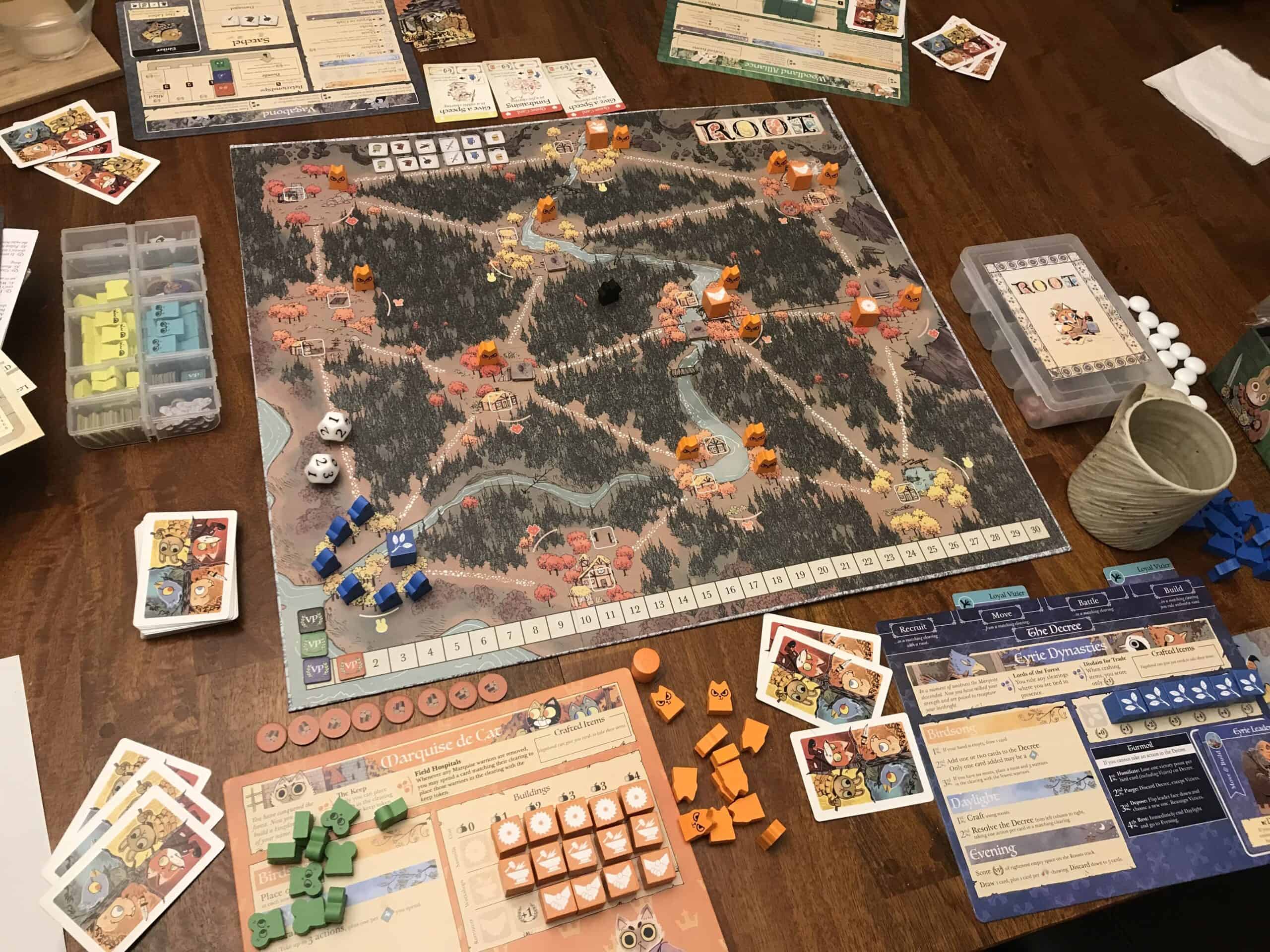
Root is a game of woodland warfare where different factions vie for control. It was created by Cole Wehrle and released in 2018 by Leder Games. The game stands out with its asymmetrical play, meaning each faction has unique abilities and goals. This creates a dynamic and engaging experience that changes every time you play. Root’s charming artwork and deep strategy have earned it numerous awards and a dedicated fan base.
Tzolk’in: The Mayan Calendar
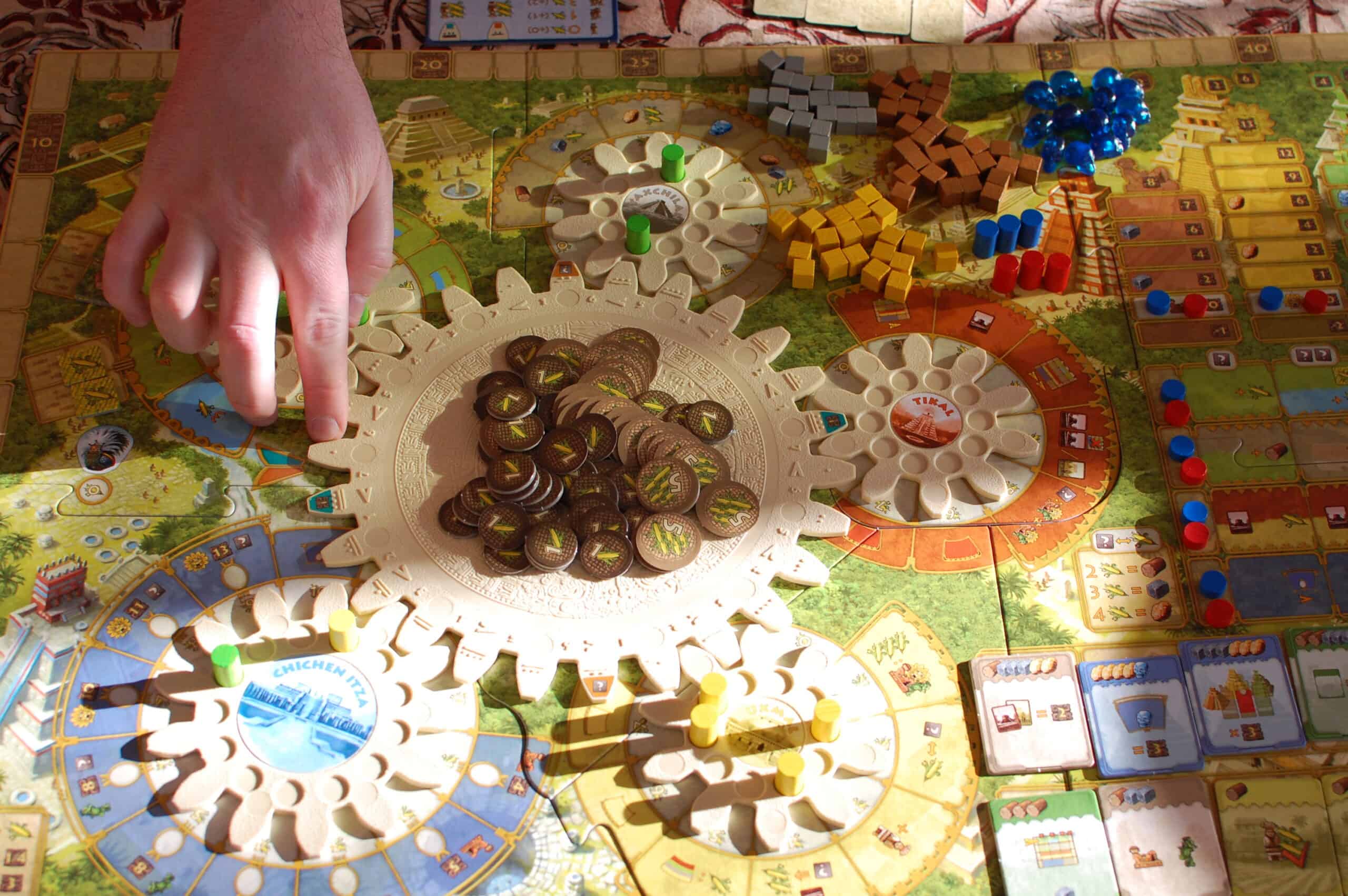
This game involves resource management and worker placement with a unique twist. It was designed by Simone Luciani and Daniele Tascini and published in 2012 by Czech Games Edition. The standout feature is the rotating gears that represent the Mayan calendar, adding a timing element to your strategy. Players must plan their moves carefully as the gears turn, affecting their workers. The innovative mechanism and historical theme make Tzolk’in a favorite among strategy game enthusiasts.
Scythe
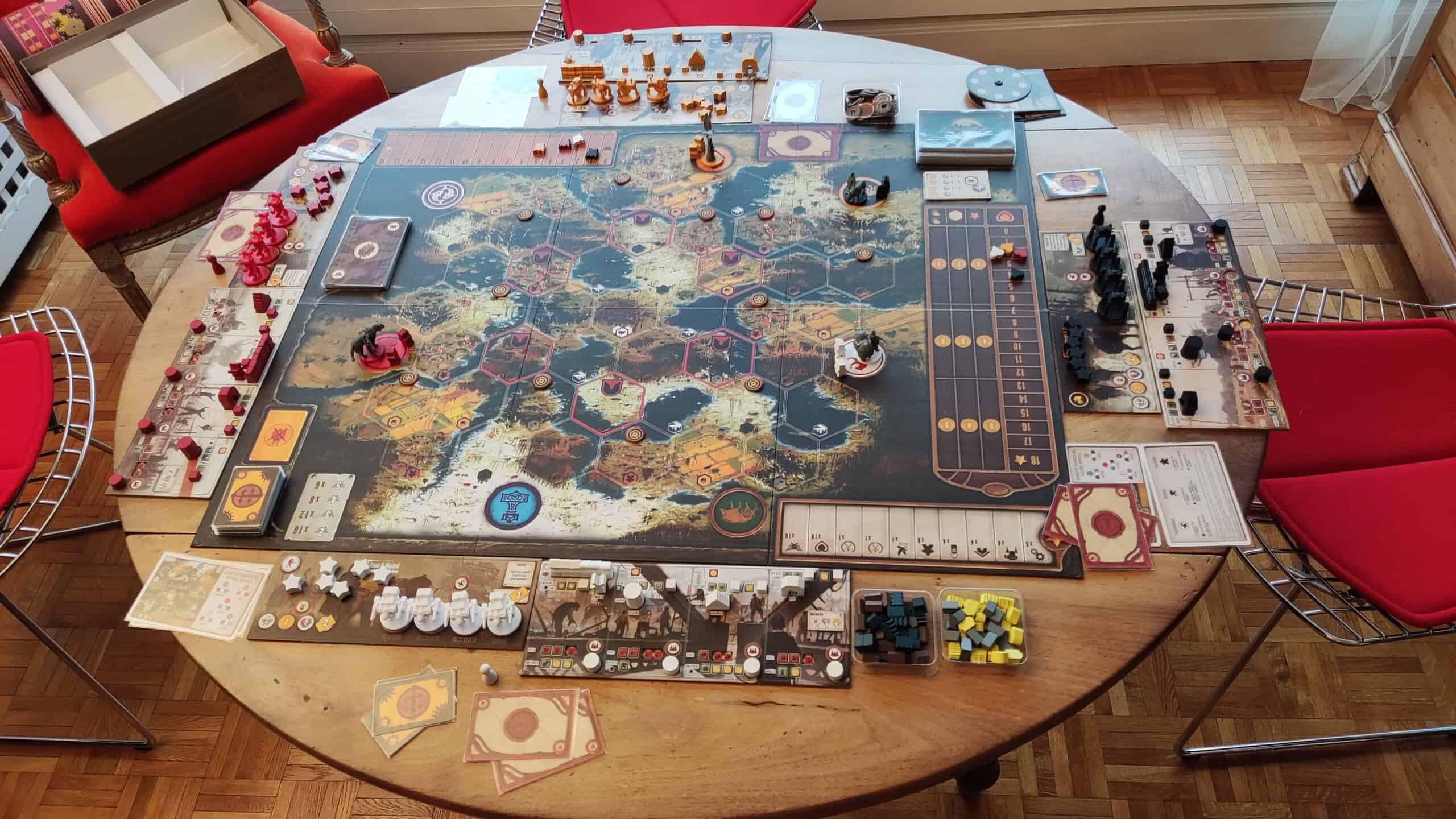
Scythe is set in an alternate 1920s Europe where factions compete for dominance. Jamey Stegmaier created it, and it was released in 2016 by Stonemaier Games. The game is known for its beautiful art by Jakub Rozalski and intricate miniatures, as well as its blend of resource management and combat. Each faction has different strengths, making each game a new challenge. Scythe’s rich lore and strategic depth have made it a modern classic in the board gaming world.
Spirit Island
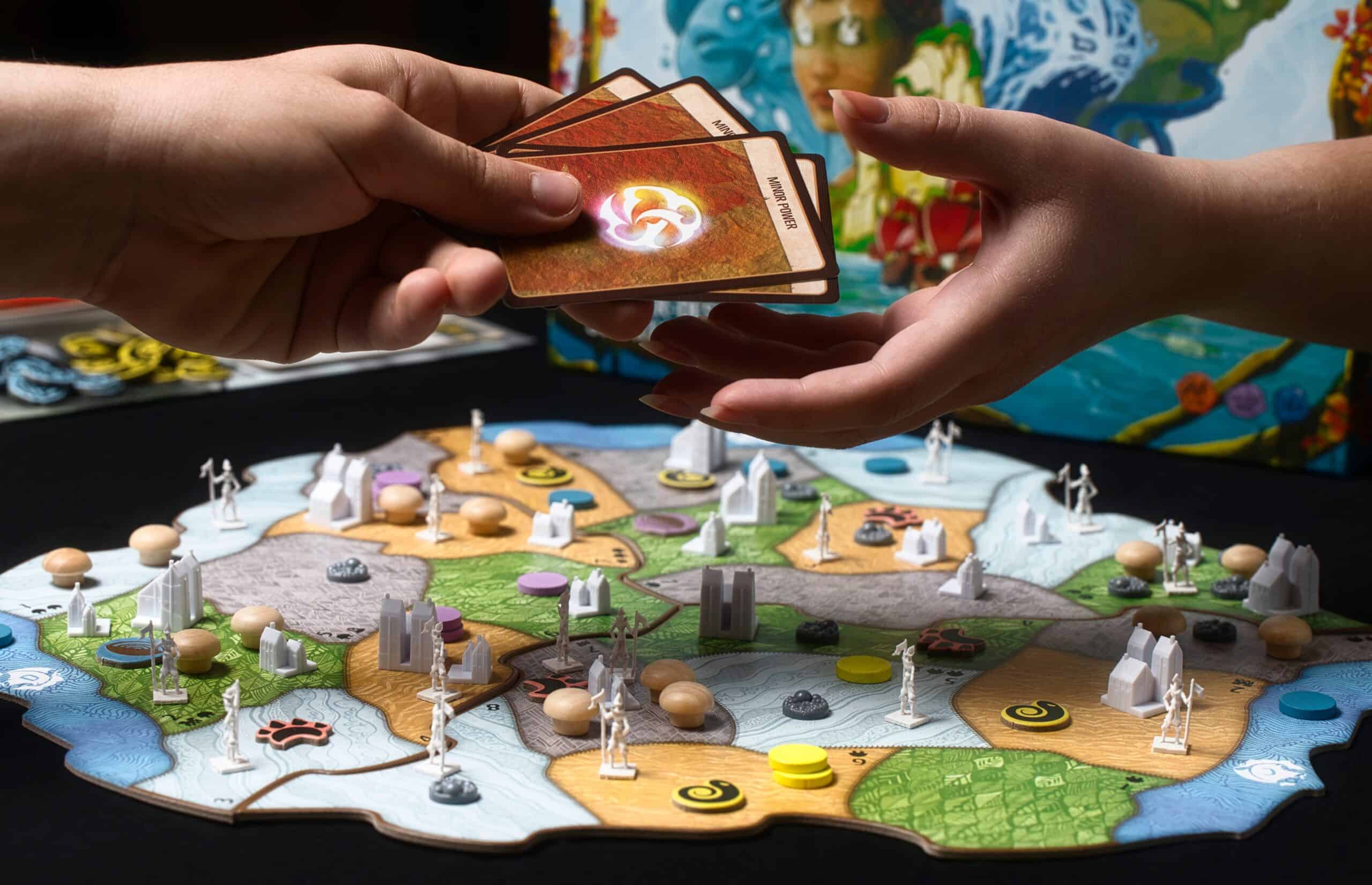
This cooperative game has players acting as spirits protecting their island from colonizers. Designed by R. Eric Reuss and published in 2017 by Greater Than Games, it stands out with its deep strategy and cooperative play. Each spirit has unique powers that players must use in harmony to repel invaders, making it a richly thematic experience. The game’s complexity and the need for teamwork provide a satisfying challenge for experienced gamers.
Gloomhaven
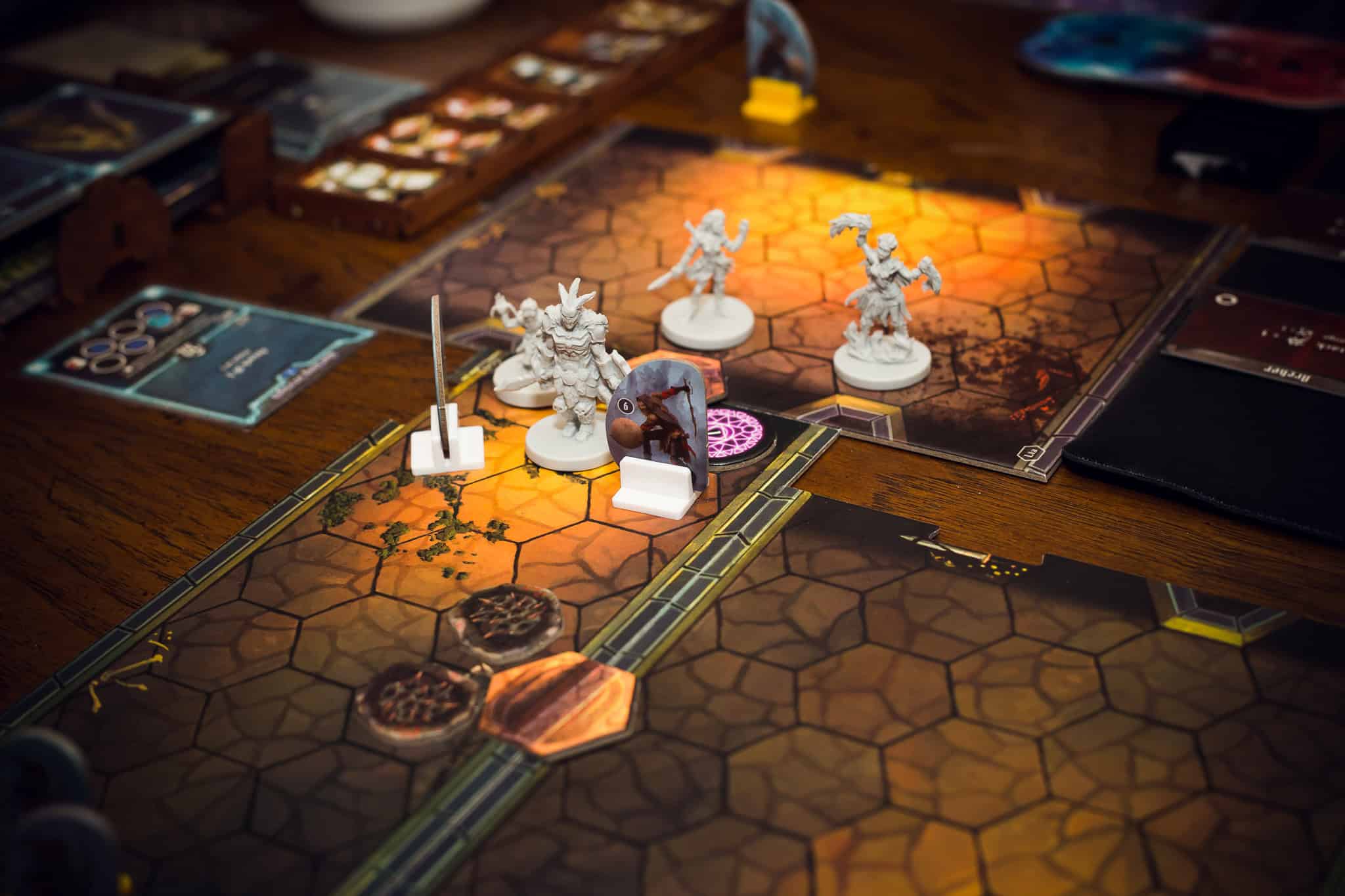
Gloomhaven is a cooperative dungeon-crawling campaign game. Created by Isaac Childres and released in 2017 by Cephalofair Games, it features tactical combat and an evolving narrative. The game is known for its depth and replayability, with each scenario affecting the overarching story. It’s a massive game with numerous components and scenarios. Gloomhaven has received critical acclaim and numerous awards for its innovative gameplay and rich storytelling.
The Quacks of Quedlinburg
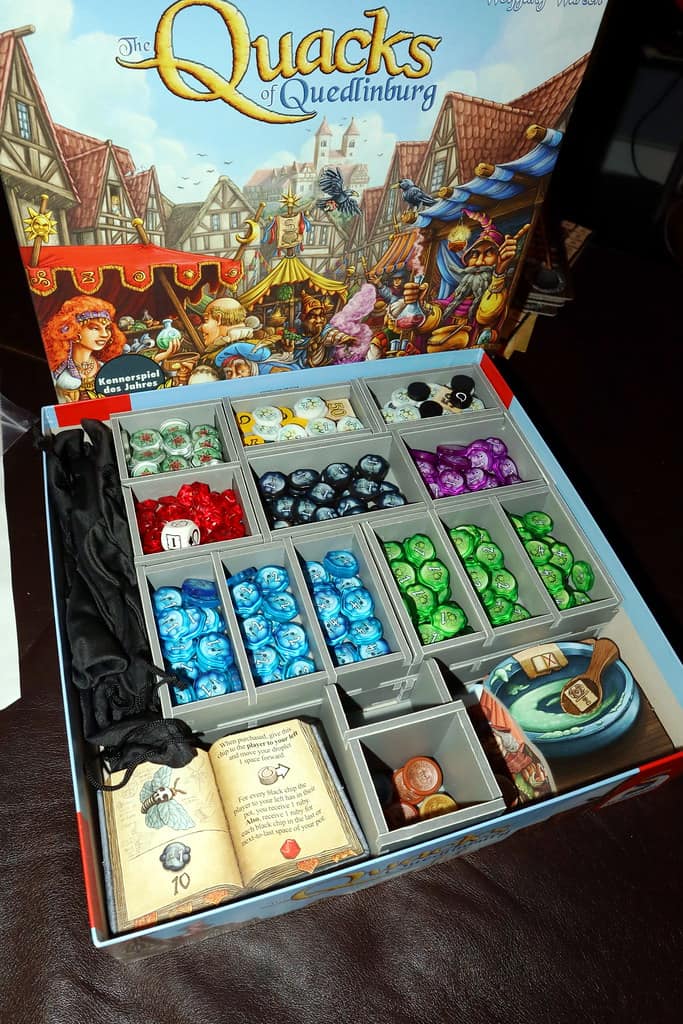
This game is about brewing potions using a press-your-luck mechanic. Wolfgang Warsch designed it, and it was released in 2018 by North Star Games. Players draw ingredients from a bag, trying to create the best potion without causing it to explode. The game’s charm lies in its balance of risk and reward, making each turn exciting and unpredictable. Quacks of Quedlinburg has been praised for its accessibility and engaging gameplay, winning several game of the year awards.
Photosynthesis
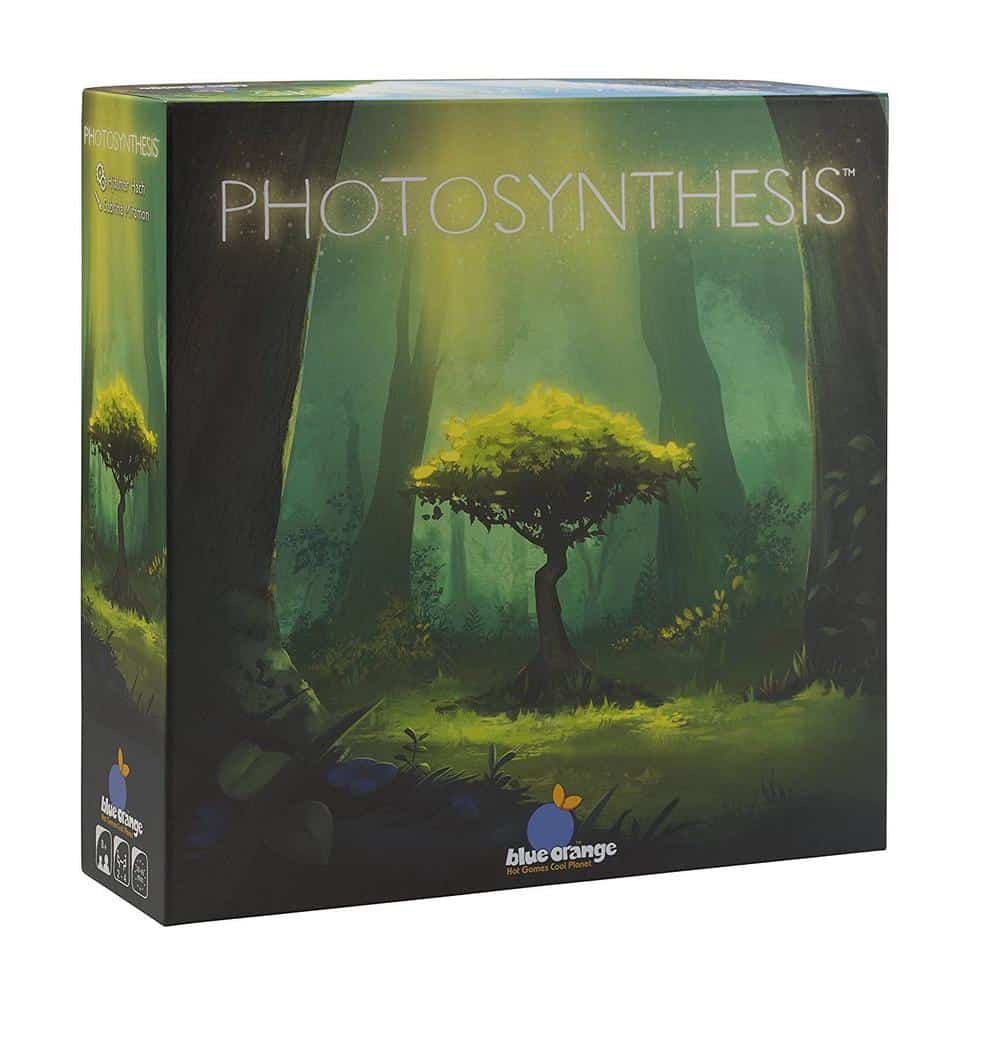
Photosynthesis is a strategic board game about growing trees. Players must strategically plant and grow their trees to absorb the most sunlight. It was created by Hjalmar Hach in 2017. A unique feature is the rotating sun, which casts shadows and affects tree growth. Unlike many games, it integrates an ecological theme with deep strategy. The game’s visual appeal, with its 3D trees, also sets it apart.
Takenoko
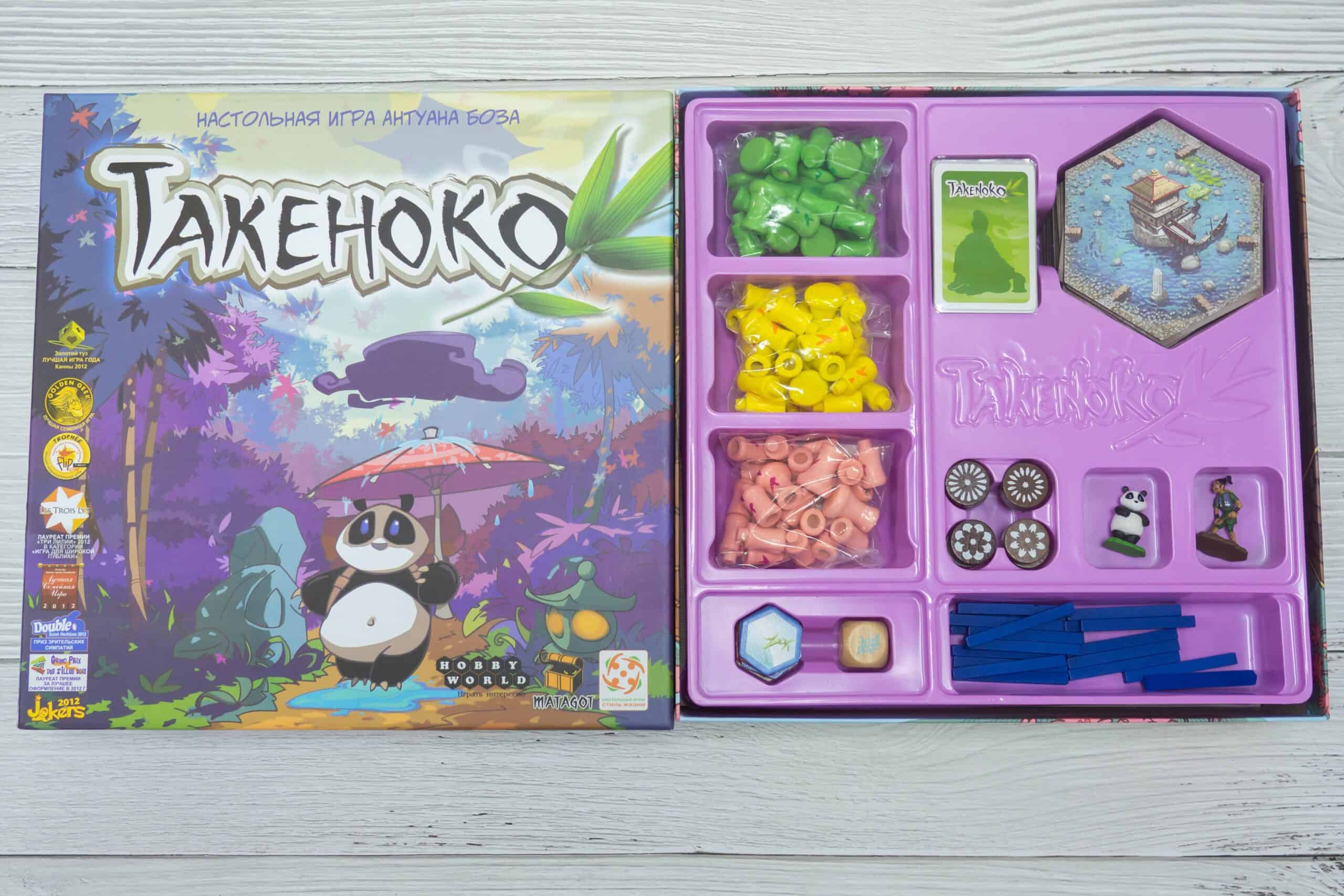
Takenoko involves tending to a bamboo garden and caring for a panda. Players cultivate plots of land, grow different types of bamboo, and meet specific objectives. Antoine Bauza designed this game, and it was released in 2011. The distinct feature is its charming theme and beautiful components. The balance of strategy and luck makes it engaging. It’s less known but highly praised for its accessibility and family-friendly appeal.
Mysterium
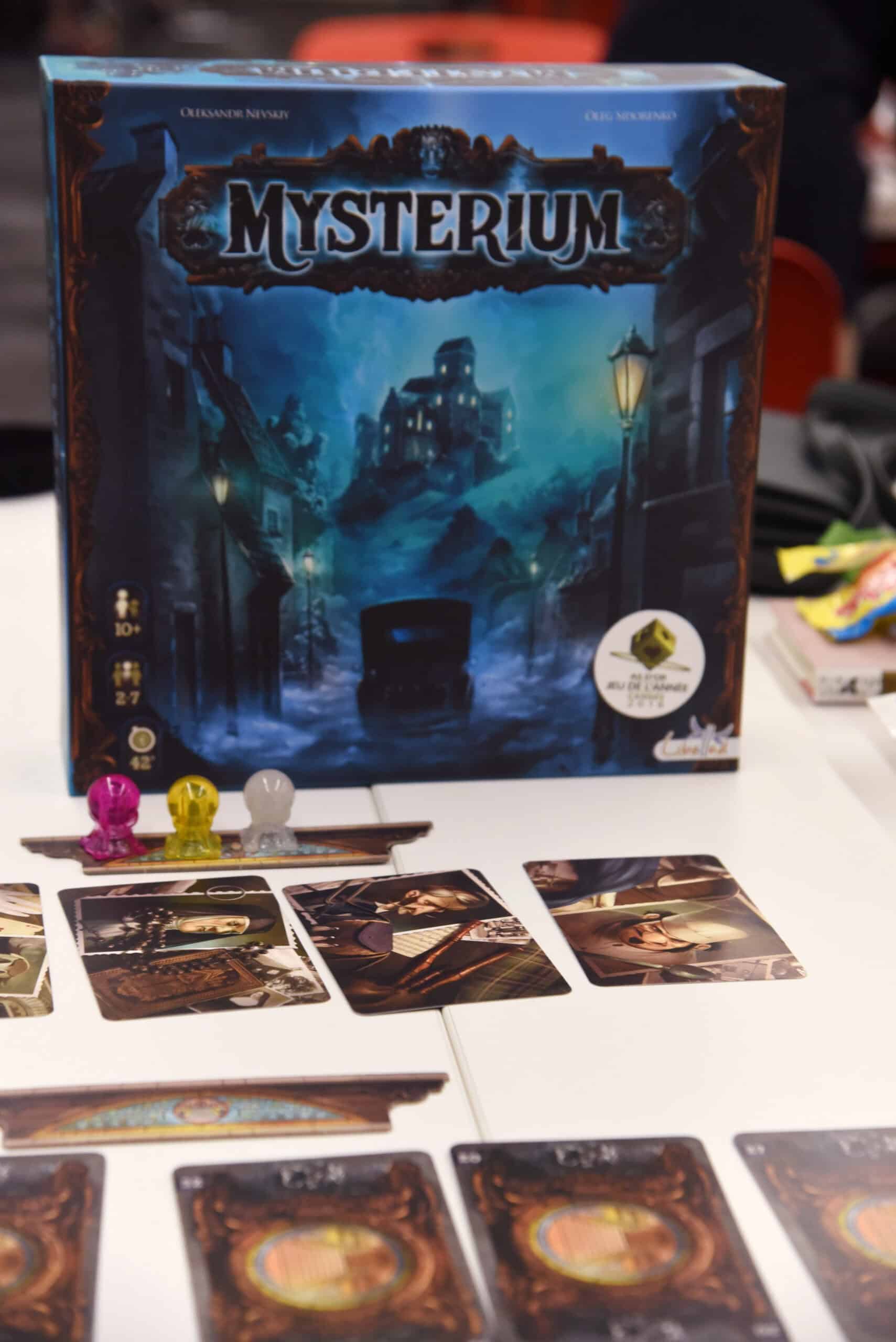
Mysterium is a cooperative mystery game with a ghost providing clues to psychics. Players interpret these clues to solve a murder. Oleksandr Nevskiy and Oleg Sidorenko designed it, and it was released in 2015. Its distinct feature is the silent ghost’s unique communication method through abstract vision cards. The game’s atmospheric art and cooperative play make it stand out. Though widely loved, it remains overshadowed by more prominent titles.
Everdell
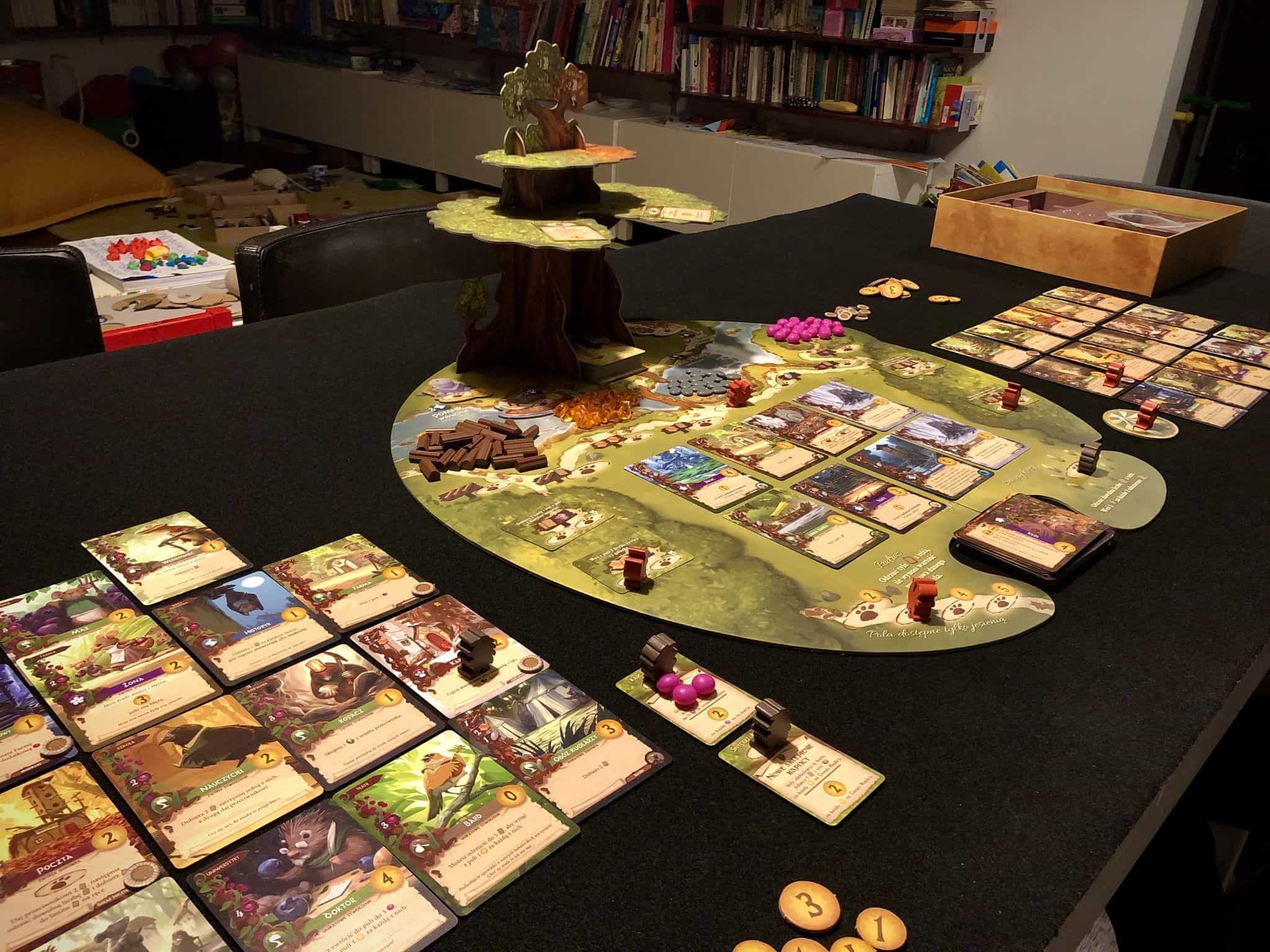
Everdell is a game about building a woodland city through resource management and worker placement. Players use critter cards and constructions to expand their city. James A. Wilson invented Everdell, released in 2018. The standout feature is its charming woodland theme and stunning artwork. Its deep strategy combined with approachable rules makes it unique. Despite its beauty and depth, it remains a hidden gem for many.
Sagrada
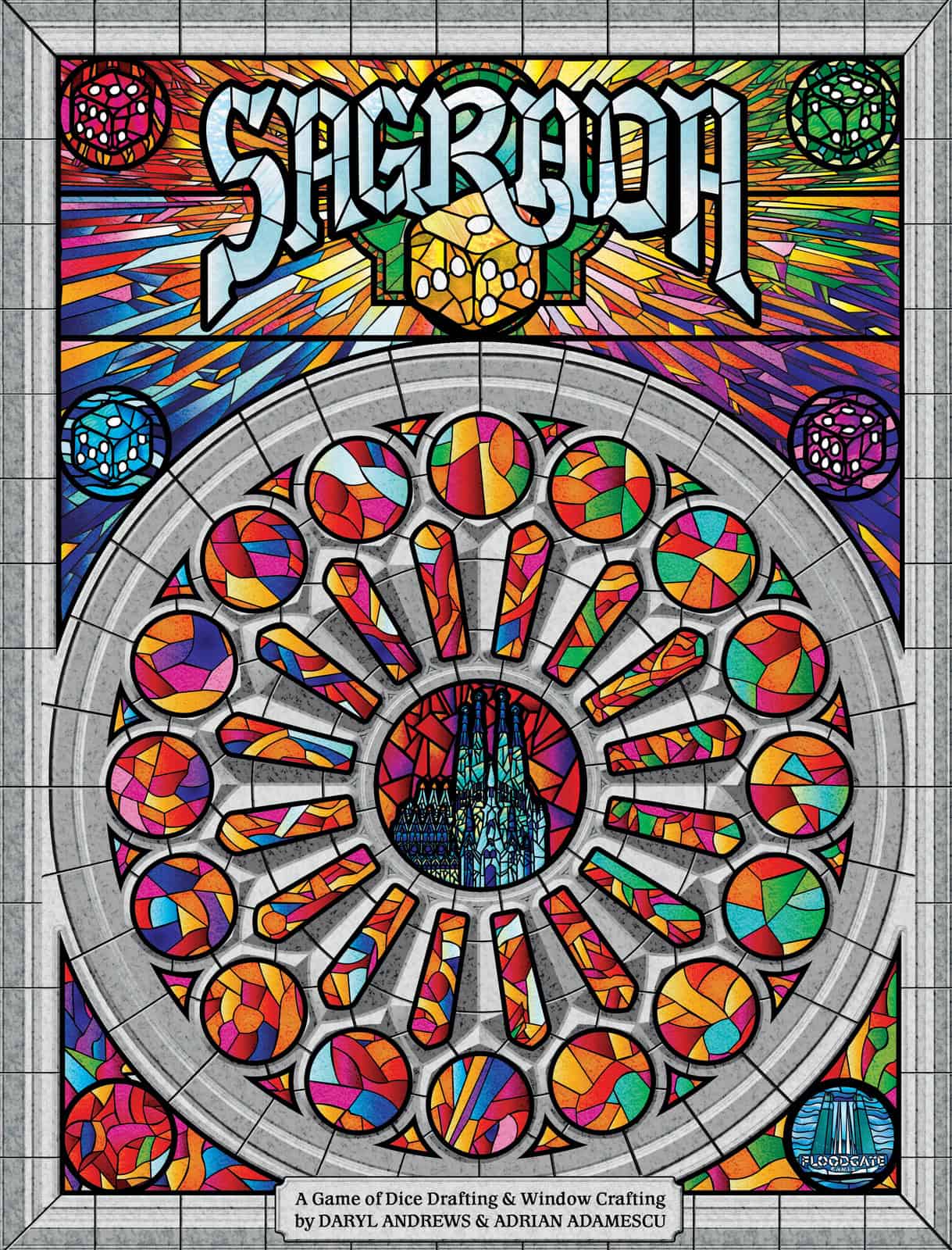
Sagrada involves creating stained glass windows using colorful dice. Players draft dice and place them on their window board to match patterns and objectives. Daryl Andrews and Adrian Adamescu designed it, and it was released in 2017. The standout feature is its beautiful, vibrant components and tactile gameplay. The puzzle-like strategy and visually stunning results make it unique. It’s less known but highly praised for its aesthetic and engaging play.
Agricola
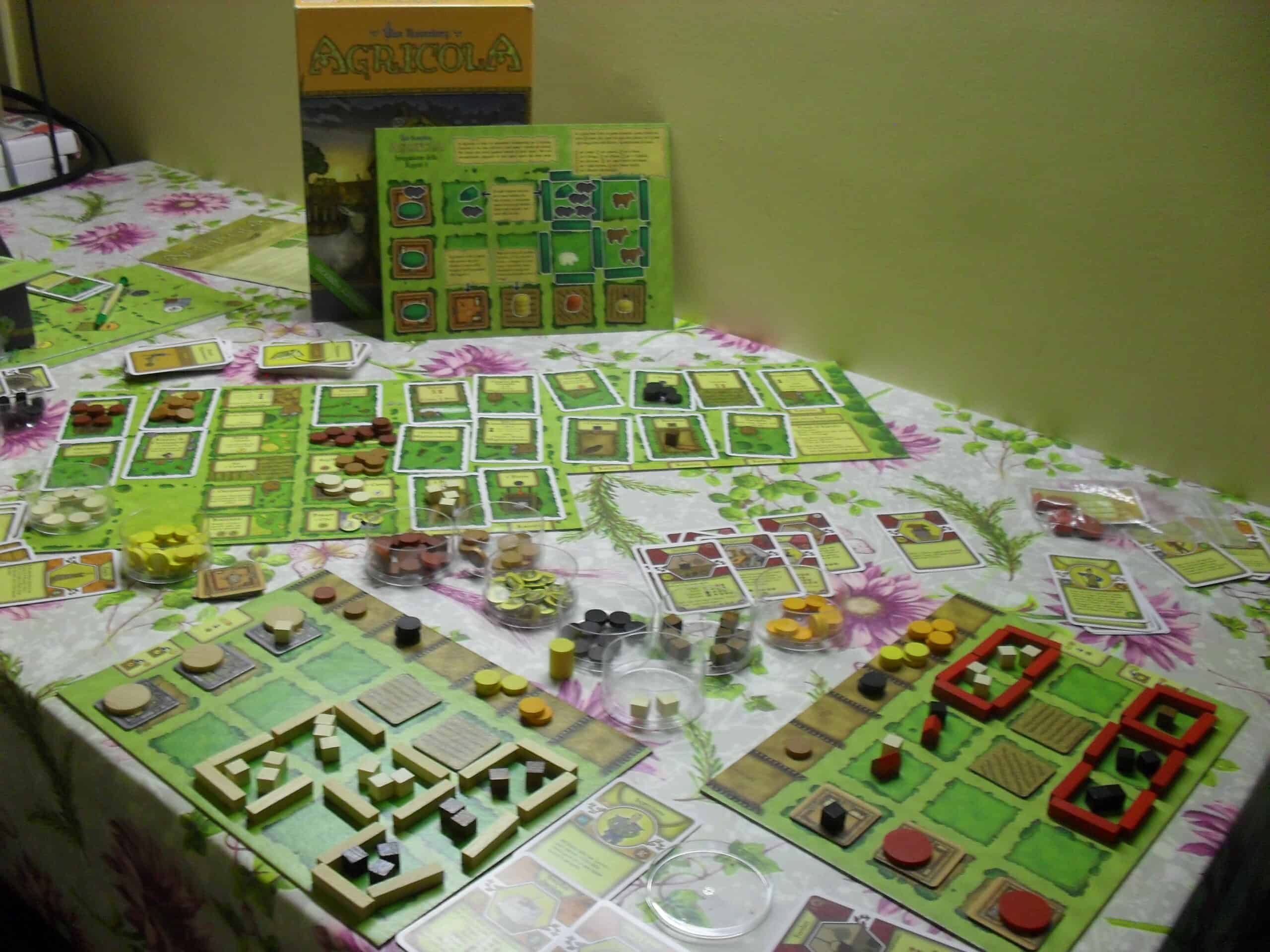
Agricola is a farming simulation game. Players manage farms, raise animals, and grow crops. Uwe Rosenberg invented it in 2007. This game is unusual because of its depth and complexity. Many don’t know it despite its acclaim in the board game community. Distinct features include resource management and worker placement. Each round, players take actions to improve their farms. Its unique theme and mechanics set it apart. It’s perfect for strategy enthusiasts.
Terraforming Mars
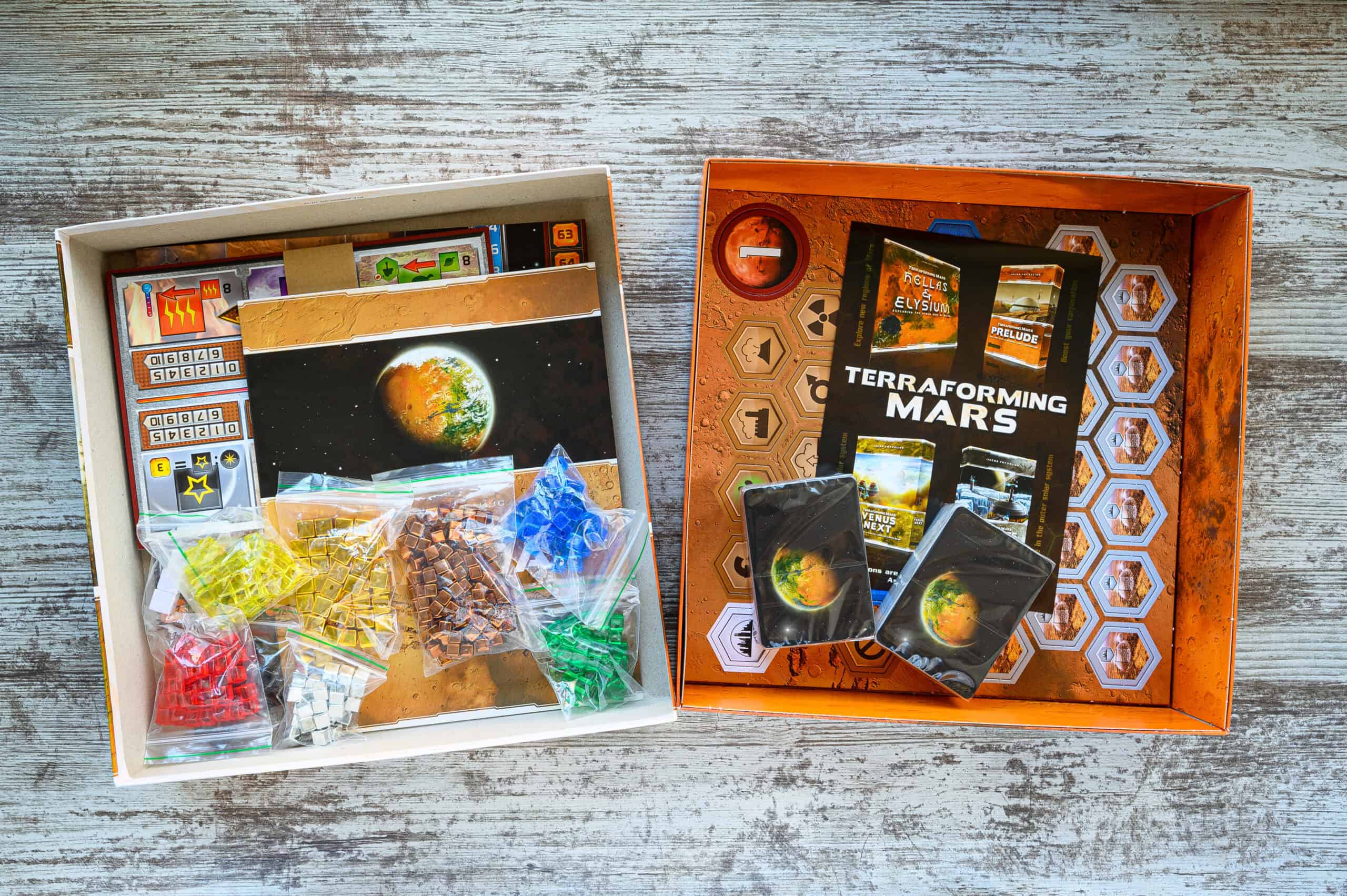
Terraforming Mars is set in the future, where players work to make Mars habitable. Jacob Fryxelius created it in 2016. It’s known for its detailed science and strategic depth, yet surprisingly, many casual gamers haven’t heard of it. In the game, players draft cards and manage resources to raise the planet’s temperature, increase oxygen levels, and create oceans. Each player controls a corporation with unique abilities, adding to the game’s complexity. The combination of realistic science and strategic gameplay makes it a standout in the board game world.
A Feast for Odin
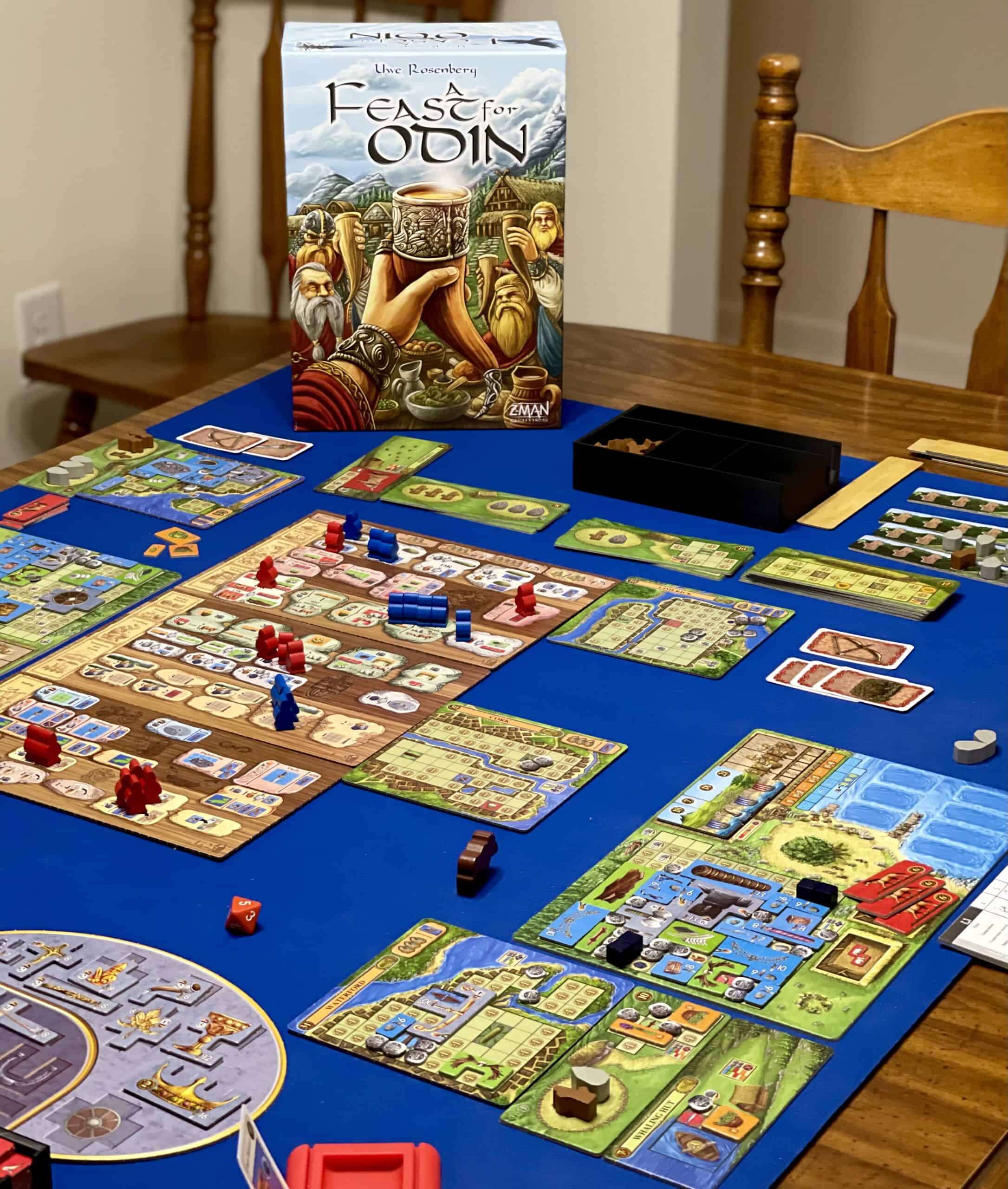
A Feast for Odin is a Viking-themed strategy game where players lead tribes, hunt, trade, and explore. Uwe Rosenberg designed it in 2016. Despite its depth and rich thematic elements, it remains lesser-known among casual gamers. Players use a worker placement mechanism to take various actions, such as building ships, crafting items, and expanding their territories. The game offers vast strategic possibilities with a large array of choices each turn. Its immersive Viking theme and complex gameplay attract those who enjoy detailed and thematic games.
Betrayal at House on the Hill
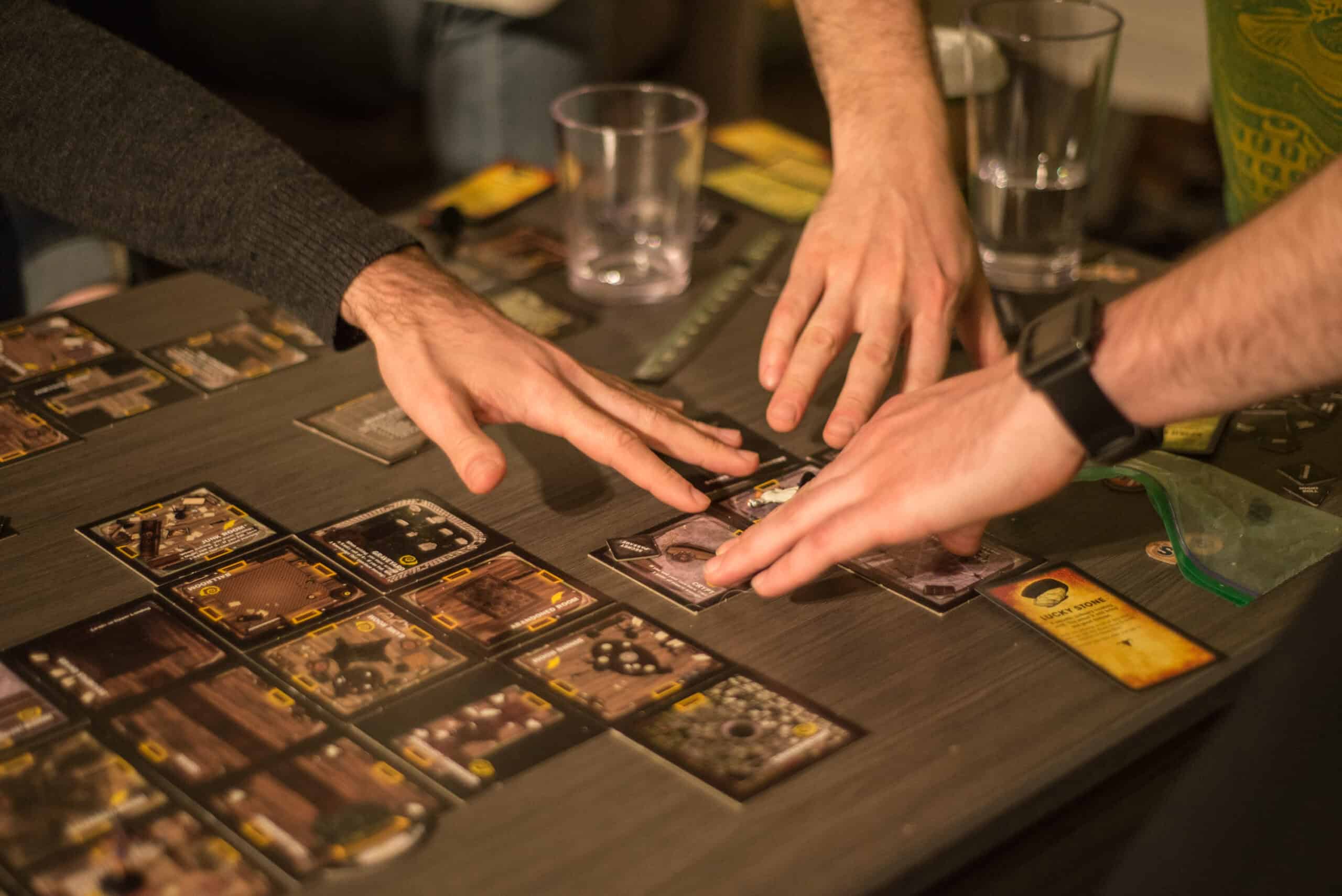
Betrayal at House on the Hill is a horror-themed game where players explore a haunted mansion. Bruce Glassco created it in 2004. It’s famous for its mid-game twist where one player becomes a traitor, yet it’s not as widely known among casual gamers. The game involves scenario-based gameplay, with players uncovering new rooms and events each turn. The varied scenarios ensure that no two games are the same, enhancing replayability. This unpredictability and the shift in gameplay dynamics keep players engaged and entertained.
Concordia
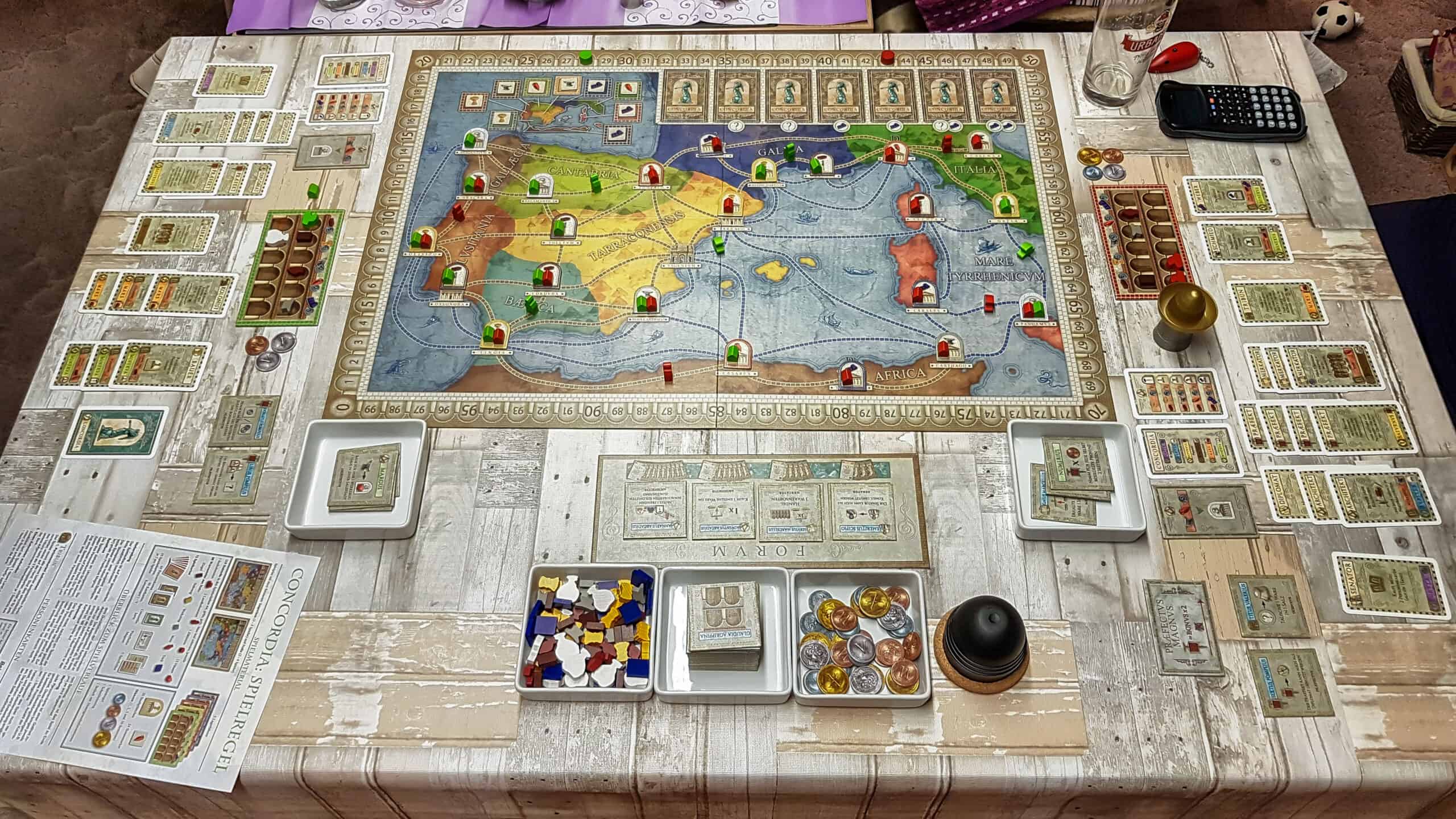
Concordia is a strategy game set in ancient Rome where players build trade networks and manage resources. Mac Gerdts designed it in 2013. It’s praised for its strategic depth and elegant design, yet many haven’t heard of it despite its acclaim. In Concordia, players use a card-driven mechanism to expand their influence across the Roman Empire. The game requires careful planning and resource management, with a focus on long-term strategy. Its straightforward yet deep gameplay makes it a favorite among strategy enthusiasts who enjoy historical themes.
This article originally appeared on Rarest.org.
More from Rarest.org
1960 Jefferson Nickel Value Guide
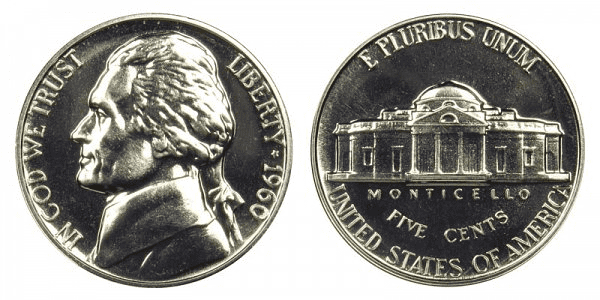
The 1960 Jefferson nickel is made of 75% copper and 25% nickel. It’s quite interesting to note that from mid-1942 to 1945, nickel was made of 56% copper, 25% silver, and 9% manganese. Read More.
1963 Roosevelt Dime Value Guide

The 1963 Roosevelt dime is composed of 90% silver and 10% copper. The Roosevelt dime was first struck in 1946, and from that year to 1964, it was made of silver and copper. Read More.
1960 Washington Quarter Value Guide

The 1960 Washington quarter comprises 90% silver and 10% copper. However, by 1965, the US Mint decided to remove all silver content from US coins, including the Washington quarter. Read More.
